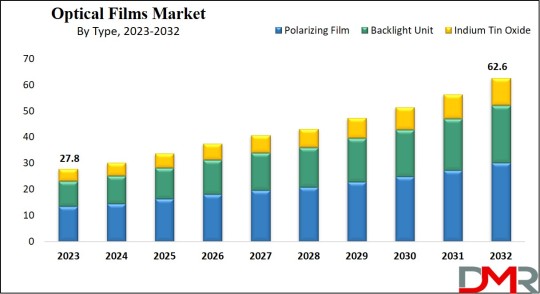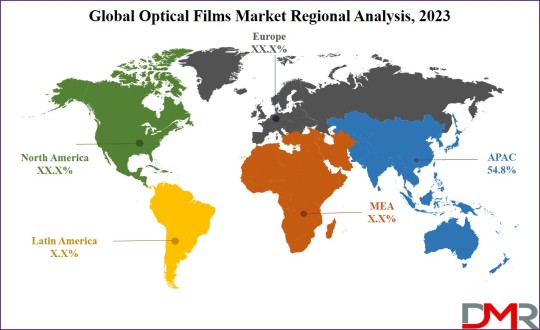#PolarizingFilms
Explore tagged Tumblr posts
Text
The Pros and Cons of Using Polarizing Film in Photography and Beyond
One of the main benefits of using a polarizing filter is its ability to reduce glare. Glare is caused when light reflects off surfaces like water, glass, metal or even leaves. A polarizing filter works by blocking horizontally transmitted light and only allowing vertically transmitted light to pass through. This has the effect of reducing or eliminating glare caused by these reflective surfaces. With less glare, photos will have better contrast and colors will appear more vibrant and true-to-life. Polarizers are particularly useful for landscape, outdoor and wildlife photography where there are often reflective surfaces like bodies of water. Reducing glare allows photographers to capture scenes with clearer blue skies and vivid colors in foliage, flowers and aquatic life. Beyond just reducing glare, a Polarizing Film further enhances color saturation when used on subjects with a blue sky backdrop. The filter removes the scattered light rays from the sky that wash colors out. Reds, oranges and yellows will appear deeper and more richly colored with a polarizer. Flower close-ups, colorful architecture and other subjects set against a blue sky benefit greatly from the intensified colors a polarizing filter provides. Polarizing Film - https://www.patreon.com/posts/changing-face-of-128349254
0 notes
Text
Optical Films Market to hit USD 62.6 billion by 2032; Emerging Trends Region By Forecast To 2034
Optical Films Market: Understanding the dynamics
In recent years, the Global Optical Films Market has witnessed significant growth and is poised to continue expanding in the foreseeable future. With technological advancements driving innovation in display technologies, the demand for optical films has surged, catering to diverse applications across various industries. This article aims to delve into the nuances of the optical films market, exploring its growth trajectory, market dynamics, key segments, and regional trends.
Market Projections
The Global Optical Films Market is projected to witness substantial growth, with a valuation expected to soar to USD 27.8 billion by 2023 and USD 62.6 billion by 2032. This growth trajectory indicates a remarkable 9.4% CAGR over the forecast period from 2023 to 2032.
Versatility and Utility of Optical Films
Optical films play a pivotal role in numerous applications, offering multifaceted benefits such as reducing reflections, minimizing glare, and controlling light. These films boast energy efficiency, heat, and moisture resistance, coupled with exceptional flexibility, rendering them highly durable. By curbing battery consumption, they effectively extend the usage life of devices, making them indispensable components across various industries.

To gain further insights into the primary revenue-generating segments, we invite you to request a sample report on the Power Purchase Agreement Market@ https://dimensionmarketresearch.com/report/Optical-Films-Market/request-sample
Key Takeaways:
Exploring the Market Dynamics
Key Growth Drivers
The surge in demand for electronic gadgets coupled with the widespread adoption of glass with optical coatings is anticipated to fuel the market growth in the coming years. Notably, the escalating demand for high-resolution large liquid crystal televisions and the advent of digitization across emerging markets are pivotal factors propelling the Optical Film Market forward.
Technological Advancements
The advent of cutting-edge display technologies like micro-LED has revolutionized the market landscape, ushering in a new era of efficient and brighter display panels. With smartwatches, smartphones, televisions, and AR/VR devices embracing micro-LED technology, the demand for optical films has surged significantly. Major industry players such as Apple, Sony, and Samsung are actively investing in micro-LED displays, further catalyzing market growth.
Challenges and Opportunities
Despite the optimistic growth outlook, the market faces challenges stemming from fluctuating prices of raw materials and the adverse impact of the global pandemic on manufacturing and production sectors. However, the widespread adoption of the Internet of Things (IoT) and the burgeoning consumer interest in smart wearables present lucrative opportunities for market players to capitalize on.
Strategize your next optimal step. Acquire the report to access data-driven insights@ https://dimensionmarketresearch.com/checkout/Optical-Films-Market
Research Scope and Analysis
Segmentation Analysis
By Type
By Application
Key Players and Competitive Landscape
If you have any questions or require assistance, feel free to consult with our expert. Click Here
Regional Analysis
Asia Pacific stands as the frontrunner in the Global Optical Films Market, commanding a substantial share of 54.8% in global revenue in 2023. Nations such as India, China, and Japan have emerged as key players in the production sector, leveraging factors such as affordable labor and proximity to raw material suppliers to bolster market growth.

Recent Developments in the Optical Films Market (2023-2024):
Market Growth:
Key Drivers:
Frequently Asked Questions (FAQs)
1. What are optical films, and what are their primary functions?
Optical films consist of multiple layers utilized for reducing reflections, minimizing glare, and controlling light in various applications.
2. What are the key growth drivers of the Optical Films Market?
The surge in demand for electronic gadgets, coupled with technological advancements such as micro-LED displays, are significant growth drivers of the market.
3. Which region dominates the Global Optical Films Market?
Asia Pacific leads the market, commanding a substantial share of global revenue, driven by factors like rapid urbanization and a burgeoning electronics sector.
4. What are the challenges faced by the Optical Films Market?
Fluctuating prices of raw materials and the adverse impact of the global pandemic on manufacturing sectors pose significant challenges to market growth.
5. What opportunities does the market offer amidst challenges?
The widespread adoption of the Internet of Things and rising consumer interest in smart wearables present lucrative opportunities for market players to explore.
Conclusion
In conclusion, the Optical Films Market presents a promising landscape characterized by robust growth prospects, driven by technological innovations and burgeoning demand for electronic devices. While challenges persist, the market's resilience coupled with emerging opportunities positions it for sustained expansion in the coming years. As key players continue to innovate and diversify their offerings, the future of the optical films market appears poised for unprecedented growth and development.
Contact us:
United States 957 Route 33, Suite 12 #308 Hamilton Square, NJ-08690 Phone No.: +1 732 369 9777 [email protected]
#OpticalFilms#DisplayTech#LightManagement#ThinFilmCoatings#AntiReflectiveFilms#PolarizingFilms#LCDPanels#OLED#LEDDisplays#Manufacturing#Applications#Trends#ConsumerElectronics#AutomotiveDisplays#EnergyEfficiency#AdvancedMaterials#MarketAnalysis
0 notes